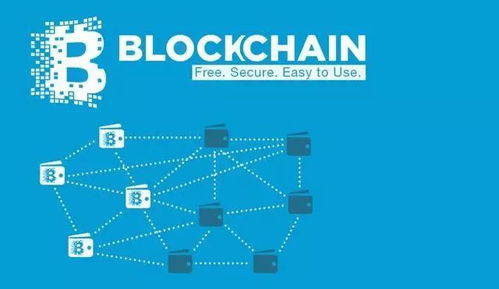Introduction to Blockchain Enterprise Challenges

Blockchain technology has been heralded as a revolutionary force in the business world, promising increased security, transparency, and efficiency. However, as with any emerging technology, there are significant challenges that enterprises must navigate to successfully implement and leverage blockchain solutions. This article delves into some of the most pressing survival challenges faced by blockchain enterprises.
1. Understanding the Technology

Tag: Blockchain Education
One of the primary challenges for blockchain enterprises is the lack of understanding of the technology itself. Many businesses struggle to grasp the nuances of blockchain, its underlying protocols, and how it can be effectively integrated into existing systems. This lack of knowledge can lead to misaligned expectations, inefficient implementations, and ultimately, failure to realize the full potential of blockchain solutions.
2. Scalability Concerns

Tag: Blockchain Scalability
Scalability is a significant concern for blockchain enterprises. Traditional blockchain networks, such as Bitcoin and Ethereum, have limitations in terms of transaction throughput and processing speed. As businesses look to implement blockchain solutions, they must consider whether the chosen platform can handle the volume of transactions and data they expect to process. Inadequate scalability can lead to network congestion, high transaction fees, and a poor user experience.
3. Regulatory Compliance

Tag: Blockchain Regulation
The regulatory landscape surrounding blockchain is still evolving, and this poses a significant challenge for enterprises. Different countries and regions have varying laws and regulations regarding the use of blockchain technology, cryptocurrencies, and smart contracts. Navigating this complex legal environment requires a deep understanding of the legal framework and the ability to adapt to changing regulations, which can be daunting for many businesses.
4. Integration with Existing Systems

Tag: Blockchain Integration
Integrating blockchain with existing enterprise systems is a complex task. Many businesses have legacy systems that are not designed to work with blockchain technology. This necessitates significant investment in time and resources to ensure compatibility and seamless integration. Failure to do so can result in disjointed processes, increased operational costs, and a lack of efficiency.
5. Security Risks

Tag: Blockchain Security
While blockchain is known for its security features, it is not immune to risks. Enterprises must be vigilant about potential vulnerabilities, such as smart contract bugs, phishing attacks, and man-in-the-middle attacks. Ensuring the security of blockchain applications requires ongoing monitoring, regular updates, and a robust cybersecurity strategy.
6. Skill Gaps and Talent Acquisition

Tag: Blockchain Talent
The demand for blockchain expertise has surged, but there is a significant skill gap in the market. Enterprises often struggle to find qualified professionals with the necessary skills to develop, implement, and manage blockchain solutions. This talent shortage can hinder the progress of blockchain projects and lead to delays in achieving business objectives.
7. Cost of Implementation

Tag: Blockchain Costs
The cost of implementing blockchain solutions can be prohibitive for many enterprises. This includes not only the direct costs of technology and infrastructure but also the indirect costs associated with training, integration, and ongoing maintenance. Budget constraints can limit the scope of blockchain projects and prevent businesses from fully realizing their potential benefits.
Conclusion

Tag: Blockchain Enterprise Success
Despite the challenges, blockchain technology offers immense potential for businesses looking to innovate and improve their operations. By addressing these survival challenges head-on, enterprises can position themselves to leverage the benefits of blockchain and stay competitive in an increasingly digital world.
